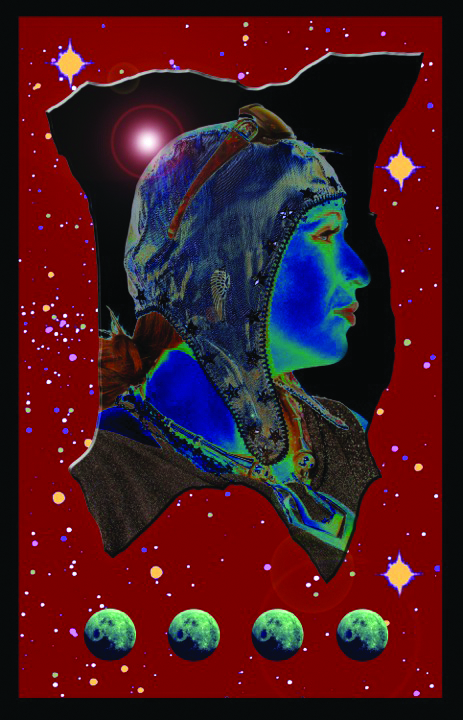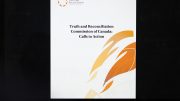The residential school systems in Canada have hurt a generation of First Nations peoples and have left blight on our historical record. Robert Houle’s artwork addresses some of the damages caused to First Nations peoples by the Canadian government.
On Sept. 6, 2012, Shelley Niro presented a documentary at the Winnipeg Film Group’s Cinematheque she made about artist Robert Houle called Robert’s Paintings. Afterwards she gave a Q&A with the audience and promoted her art show Monster: Stories of Women, which takes place Friday, Aug. 24 – Sept. 29 at Urban Shaman.
As an unconventional documentary, it shouldn’t surprise many that the feature was preceded by Amaqqut Nunatt (The Country of Wolves), a 15 minute short, based on an Inuit legend where two brothers stumble upon a village in another realm. Narrated by Niro, the feature’s crisp and taciturn visuals illustrated the legend perfectly and gave it a ghostly quality.
Robert’s Paintings is more than a biographical following of Houle, but an emotional journey into his feelings on his heritage, abusive childhood, early life as an artist and what he feels as an elder statesman of his tribe.
The pain and anger Houle felt in his twenties has been subdued. A lot of the anger was focused on the elementary school he attended as a child, where he was abused and was told his culture wasn’t acceptable and valid by the system and Canadian society.
However, Robert’s Paintings is more focused on Houle as he is today. Described by others as someone who has “gone from angry, to mellow,” Houle strives to educate and help others which he sees as a way to promote healing within Canadian culture. In the film, Houle states that “we aren’t white” as a way to show that while everyone is Canadian, there are subcultures in society that exist and should be allowed to differentiate themselves from everyone else.
The non-linear narrative of Robert’s Paintings was confusing at times. Instead of a feature with a specific track, it consisted of multiple shorts, focusing on locations and activities. The camera followed Houle around as he and others discussed aspects of his life, with no motive or goal. For some audiences, it would be a problem, but in practice it shouldn’t. The film examines Houle in a slice-of-life manner and if you relax, let go, and enjoy the ride – it’s a valuable viewing experience.
A few technical problems were apparent. While the film was passable, the camera work and some editing choices made the film look and feel rough. These qualities added to the charm, and made the viewing experience cozy and more personal. However, it could be a deal breaker for some viewers.
Houle is a famous artist, but as a man he is much, much more. Robert’s Paintings shows the emotional, familial and cultural side of a famed Canadian artist. It’s an interesting watch and a great introduction to Canadian art for someone who wants to know more about Canadian culture.





